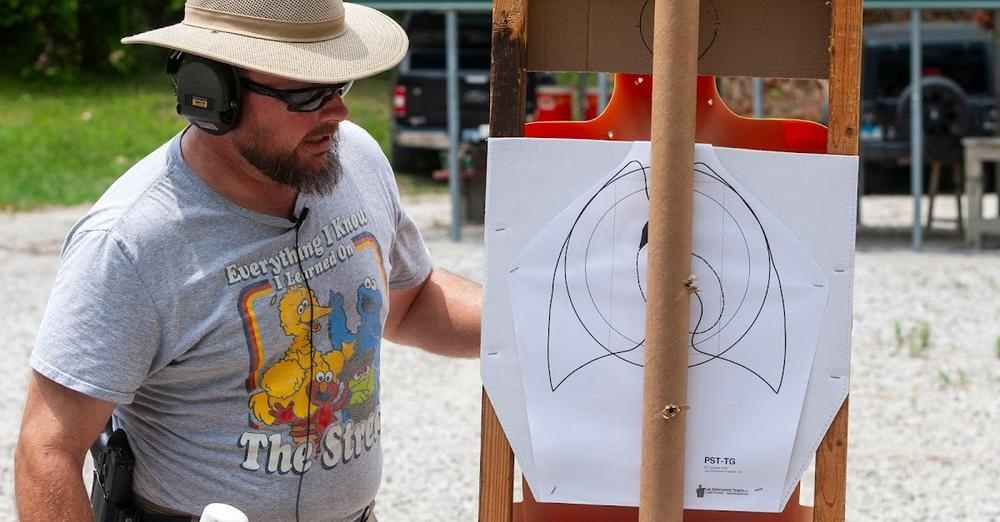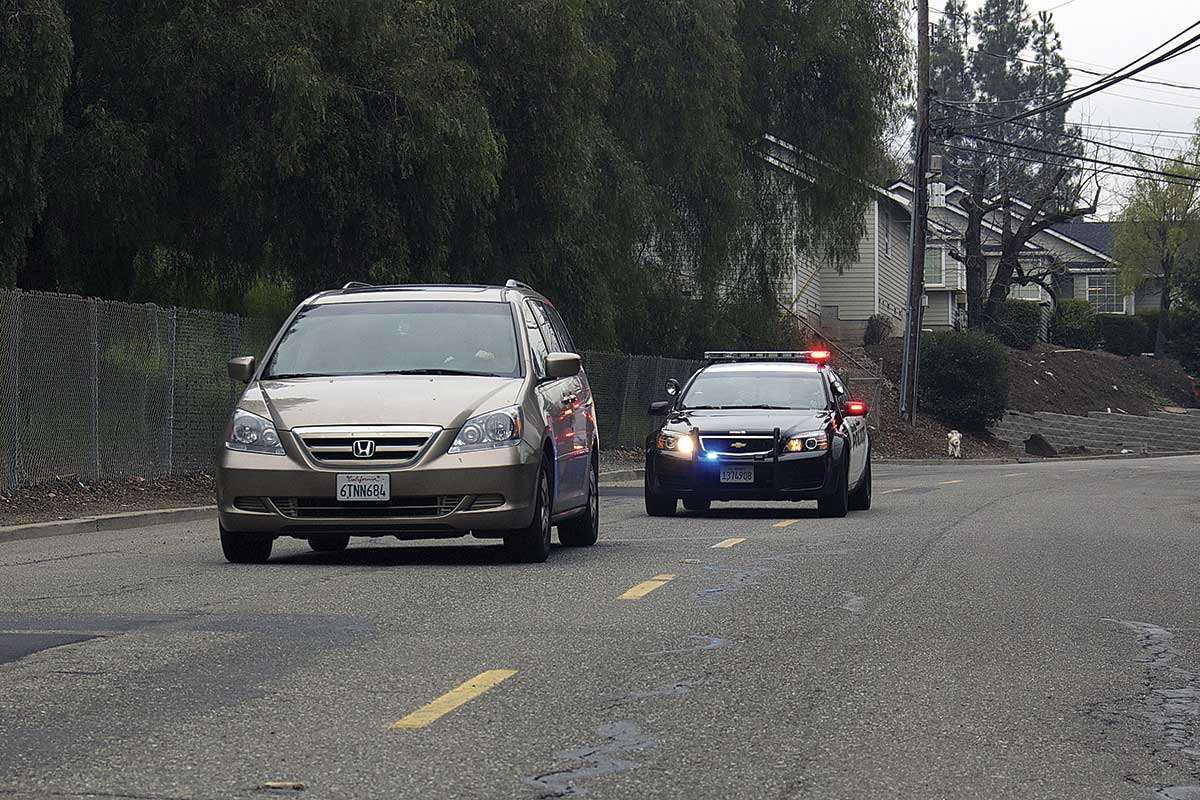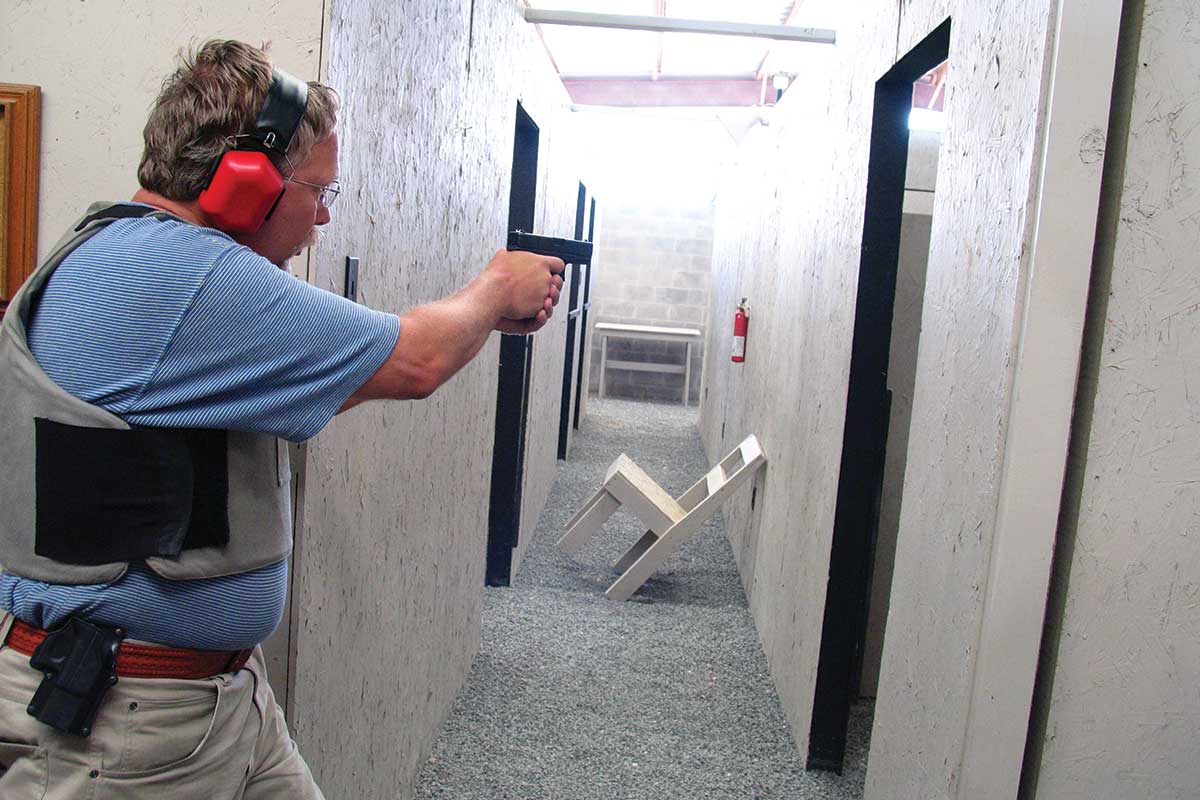
carscrash
A quick Internet search of “motorcycle officer” revealed the first motorcycle patrol appeared in Berkeley, Calif. in 1911. Harley-Davidson credits Detroit, Mich. as being the first purchaser of a motorcycle expressly for police use. It doesn’t matter what your department uses, be it Harley, Honda, BMW, Kawasaki or even Victory. The motor officer’s look has stood the test of time.
We wear breeches, knee-high boots, gloves and the ubiquitous shades. The appearance of the modern day motor officer hasn’t changed much in nearly 100 years, while the average patrol uniform has gone through more iterations than my 5-year-old changes her clothes in a day. It’s time to find out why.
Drag Factors & Brain Buckets
How about our incredibly sturdy and sexy breeches? Made of wool, they breathe and keep us nice and cool … not. They also must offer extra protection to our lower extremities — and they do — if you fall off your bike and land on a marshmallow cloud. Truth is breeches don’t give you much more protection than the average pair of jeans. Abrasion resistance for some common materials are as follows: jeans will tear at 4.5 pounds; 500 Denier polyester, 8 pounds; 500 Denier Cordura, 22 pounds; competition grade leather, 80 to 110 pounds; and 1000 Denier Cordura, 110 pounds. Denier Cordura is a heavyweight nylon with a urethane coating.
Motoport is a company changing the future of police motorcycle uniforms; their products are designed for comfort and protection. Their fabric provides an abrasion resistance of 1,260 pounds — significantly more substantial than what most of us wear today. Take their Air Mesh Kevlar pants. Although more expensive than the standard double-stitched motor pants, theirs last more than twice as long because they don’t fade as fast. In my 6 years on Motors, I’ve gone through at least three or four pairs of breeches. Over time, Motoport pants are cheaper, offer more protection and comfort, and actually breathe.
They also offer an Air Mesh Kevlar jacket and shirt with built-in armor protection. The “armor” protects major impact points on the body (elbows, back and shoulders). The jacket is similar to a TourMaster LE Flex I’ve been wearing for 2 years, which is incredibly versatile and I love it. There are three different levels of this jacket. For seriously cold weather, there’s an inner liner and a water resistant outer shell. I’ve found the outer shell to provide too much warmth, even in 30-degree F conditions. And with all three levels of protection, the TourMaster can be a bit bulky. Motoport’s jacket is significantly more expensive than The LE Flex, but it’s made of substantially heartier material.
Many motor officers wear a 3/4 helmet. And how many of us have been pelted in the face by stuff while on the freeway? Earlier this year, I was stung in the face by a bee — at 45 mph — I nearly crashed. I’ve been successful in talking my agency into taking the leap into a full-face modular helmet, which offers significantly more protection should my face meet the pavement at any kind of speed. Another benefit to a full-face helmet is a significant reduction in wind noise. It makes communicating with dispatch and other officers in the field much easier. The modular helmet is DOT certified and also meets the ECE 22.05 certification.
By Jason Hoschouer














